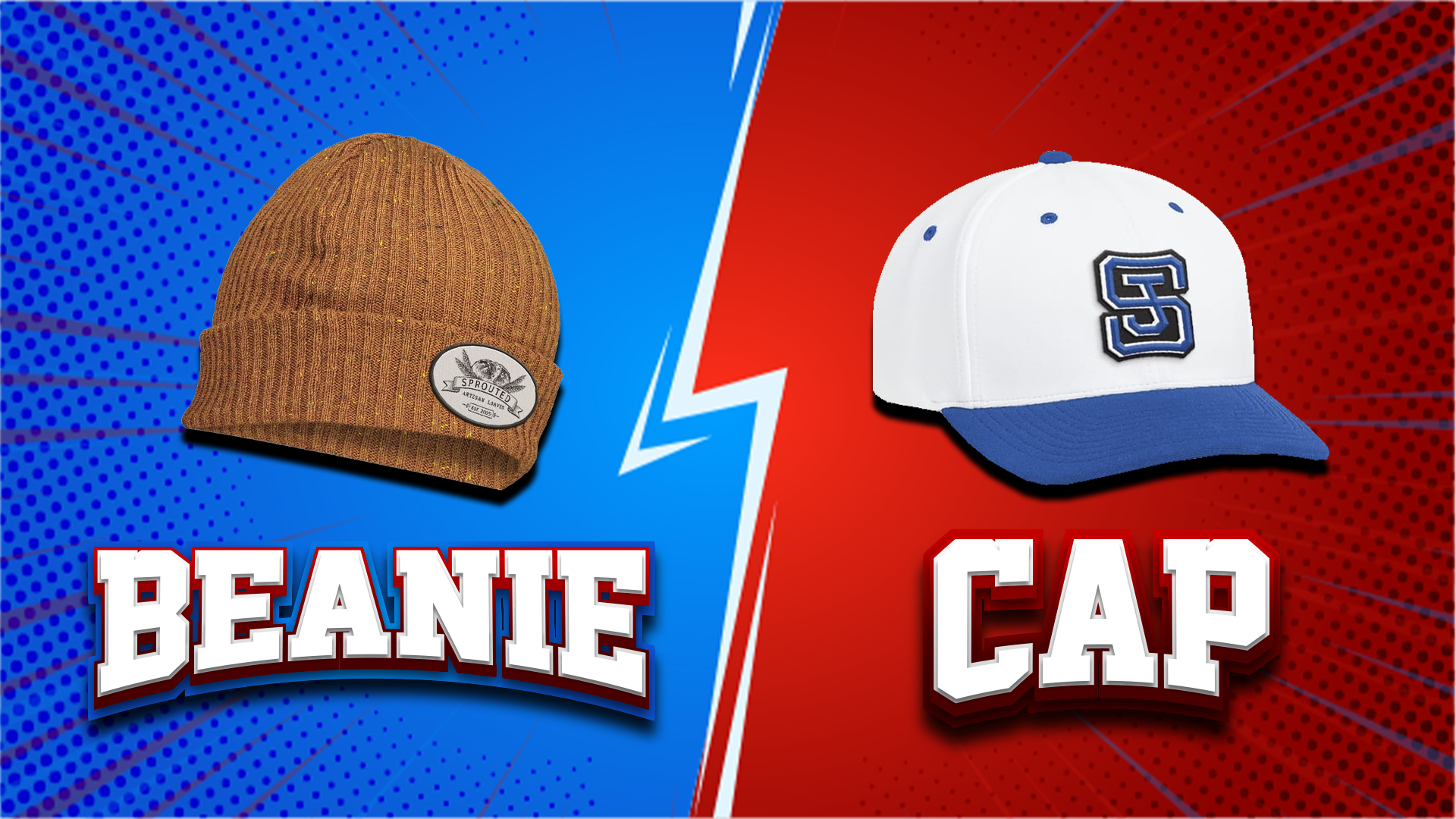As winter approaches, staying warm while maintaining style becomes a top priority. Among the must-have accessories for cold weather, beanies and caps are two favorites, but which one is better for keeping you warm? While both serve their purpose, they come with distinct advantages and different styles for various winter activities. In this post, we’ll explore the pros and cons of wearing beanies vs. caps during winter and offer styling tips to help you decide which works best for your cold-weather wardrobe.
The Case for Beanies
Pros of Beanies:
- Superior Warmth
Beanies are designed to cover your entire head, including your ears, providing maximum warmth and insulation. Made from thicker materials like wool, fleece, or knits, they help retain body heat, making them ideal for extremely cold climates. - Versatility
Beanies come in various styles — from slouchy, casual fits to snug, fitted designs. They can easily be worn for casual outings, outdoor activities, or even with a slightly more dressed-up winter look. - Portability
Beanies are lightweight and easy to fold or roll up. You can easily stash one in your bag or pocket when not in use, making it a convenient option for on-the-go warmth. - Range of Materials
From breathable cotton blends to thick woolen knits, beanies come in a range of fabrics suited for different winter conditions. Choose a beanie based on your specific need — lighter materials for mild winters or heavier ones for freezing temperatures.
Cons of Beanies:
- Hair Trouble
Beanies are notorious for causing “hat hair.” Their snug fit can flatten your hairstyle, making it tricky if you’re planning to head indoors after wearing one for a while. - Less Structured Look
If you’re after a more polished or structured look, a beanie might not cut it. Its relaxed, soft fit tends to lend itself to casual or sporty outfits.
The Case for Caps
Pros of Caps:
- Sun Protection
While they may not cover your entire head like a beanie, caps offer excellent sun protection. The bill of the cap shields your face from winter sun glare, which can be especially helpful if you’re outdoors skiing, hiking, or simply walking around on a bright winter day. - Stylish and Structured
Caps offer a more structured and tailored look, perfect for those who want to maintain a sharp style even in colder months. Baseball caps and snapbacks have a timeless, sporty aesthetic that can elevate a streetwear outfit. - Breathability
Caps, especially ones made from lighter materials, offer more breathability than beanies. This makes them ideal for milder winter days when you need a balance between warmth and ventilation. - No Hat Hair
Caps typically sit on top of your head and don’t cause the same flattening effect on your hair as beanies do, making them a better choice if you want to keep your hairstyle intact.
Cons of Caps:
- Limited Coverage
The biggest drawback of caps during winter is their limited coverage. They don’t cover your ears or the sides of your head, making them less ideal for extreme cold or windy conditions. - Material Limitations
Many caps are made from materials like cotton or polyester, which don’t offer the same warmth as wool or fleece. Although woolen caps exist, they are less common and may not provide the necessary insulation for frigid days.
Which Is Best for Keeping Warm?
When it comes to warmth, beanies clearly take the lead. Their ability to cover your head fully, including your ears, makes them the better option for keeping you warm in freezing or windy conditions. Whether you’re hitting the slopes, shoveling snow, or just braving a chilly morning commute, beanies will keep the cold at bay.
Caps, while stylish and versatile, don’t offer the same level of insulation due to their lack of ear coverage. They’re more suitable for mildly cold days or when you’re engaged in physical activity that generates body heat, such as winter hiking or jogging.
Styling Tips for Beanies and Caps
How to Style a Beanie:
- Casual Look: Pair a chunky knit beanie with a puffer jacket, skinny jeans, and winter boots for an effortlessly cozy and laid-back winter look.
- Sporty Vibes: A slouchy beanie looks great with a fitted hoodie, joggers, and sneakers, making it perfect for athleisure or casual winter outings.
- Dress It Up: For a more polished look, choose a fitted beanie in neutral tones (like black, grey, or navy) and pair it with a tailored wool coat and leather gloves.
How to Style a Cap:
- Streetwear Ready: Combine a snapback or baseball cap with a hoodie, bomber jacket, and jeans for a classic streetwear look. This outfit is perfect for casual hangouts or urban winter explorations.
- Winter Sports: Pair a wool or fleece-lined cap with a zip-up jacket and thermal leggings if you’re hitting the trails for a winter run or going on a hike.
- Layer Up: If you’re worried about warmth, layer your cap with earmuffs or a neck gaiter to add extra insulation while keeping your style intact.
Final Verdict:
When warmth is the priority, beanies are the clear winner for winter. They provide full head and ear coverage, retain heat, and come in a variety of styles that can complement any winter outfit. However, caps still have their place, especially on milder days or for those looking to blend warmth with a more structured and stylish appearance.
Ultimately, your choice between a beanie and a cap will depend on the weather conditions and the look you’re going for. Why not have both in your wardrobe? You’ll be ready for whatever winter throws your way!

